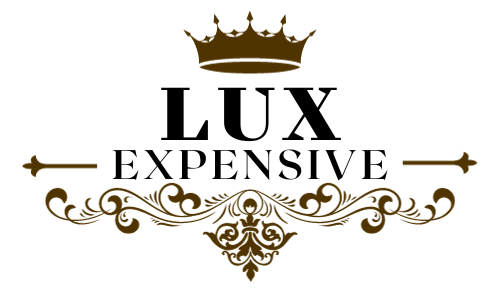Burberry brand is expensive because of its long heritage of quality and innovation, premier materials and European manufacturing that ensure exclusivity, and pricing strategies that maintain luxury prestige and appeal to targeted high-income demographics seeking aspirational status symbols and exceptional service.
Burberry is one of the most recognizable luxury fashion brands in the world, known for its classic trench coats and plaid lining. But with price tags often over $1,000, Burberry is also considered very expensive. Why exactly are those coats, bags, and scarves so pricey? Well, there are a few key reasons behind the brand’s premium pricing.
Top 10 Reasons Why Burberry Brand is So Expensive
1. Brand Heritage & History
Burberry has been around since 1856, when Thomas Burberry opened his first shop in England. That long history and origins story allow the brand to command more value and charge higher prices than newer or less storied competitors.
Burberry’s legacy as an innovator in outerwear and creator of the iconic trench coat gives its items a sense of prestige that consumers pay extra for.
2. High-Quality Materials
Those Burberry trenches and handbags are made with high-end materials like 100% cotton gabardine and fine leather from Italy and Spain. The craftsmanship and attention to detail put into products also contributes to higher production costs that the brand passes onto customers.
When you buy a Burberry item, you’re paying for things to last and hold up well over time.
3. Made In Europe
While many luxury brands have shifted manufacturing to cheaper locations in Asia, Burberry maintains the majority of facilities in more expensive European countries like England and Italy.
The choice to keep production closer to home lets Burberry closely control quality but also increases expenses that drive retail prices upward. The made-in-Europe cachet allows room for higher markups.
4. Licensing Deals
Like many high-end fashion houses, Burberry relies on an extensive licensing program for things like fragrances, eyewear, and more. While licensing deals do not directly impact retail pricing on core apparel and leather goods lines, the royalties do deliver substantial added revenue to justify and support higher overall brand pricing.
5. Aspirational Branding
The luxury fashion business is all about aspiration and building an aura of exclusivity around a brand. Burberry deliberately positions its products at a level to appeal to aspirational middle class and elite buyers.
By keeping prices elevated instead of chasing mass market share, Burberry retains an air of unattainability that makes the brand more desirable.
6. Targeted Demographics
Burberry focuses sales and marketing efforts on appealing to high-income millennials, the rising Generation Z cohort, and of course the established wealthy. It intentionally avoids bargain-oriented customers and price-sensitive demographics.
That targeted approach to ideal customer profiling enables Burberry to concentrate designs and pricing strategy on buyers less deterred by expensive price points.
7. Price Consistency Strategy
Burberry employs a pricing technique called price harmonization to keep rates consistent across global markets. While adjustments are made to account for local import duties, taxes, and business costs, Burberry does not offer discounts or sales in lower-priced regions.
This prevents price erosion, reinforces its luxury status, and eliminates incentives to buy abroad or resell goods cross-market.
8. Scarcity Principle
In luxury retail, scarcity breeds desirability. Burberry plays into this by deliberately limiting production runs on lines and items to keep supply below demand. When supply runs short, Burberry can drive up prices without impacting purchasers’ willingness to buy. Scarcity makes the brand seem more exclusive while also enabling price hikes.
9. Prestige Retail Settings
You will almost never find Burberry products on the racks of a discount outlet or big box store. The brand maintains its luxury prestige via high-end department stores, flagship stores in tony neighborhoods, and glossy ecommerce shops.
Controlling the retail environment protects pricing power and the overall aura around the brand from being diluted.
10. Exceptional Customer Service
From personal styling appointments to monogramming/customization services, Burberry invests heavily in customer experiences. This helps justify higher prices while also discouraging discounts or sales.
When shoppers receive VIP treatment, they tend to willingly pay premium rates for products and perceive better value in the items purchased.
Is Burberry a good brand?
Yes, Burberry is a prestigious luxury brand known for high-quality, well-crafted leather goods and iconic trench coats with distinguished British heritage dating back to 1856.
Are Burberry goods good?
With its classic sophistication and exceptional craftsmanship using durable Gabardine fabric, Burberry offers an excellent, long-lasting product for the price.
Is Burberry worth the price?
Given the superior materials, construction, durability, and timeless signature style, Burberry items like trenches and handbags warrant their higher costs.
Where to buy Burberry?
Burberry is sold globally through the brand’s own flagship stores, select high-end department stores such as Nordstrom and Saks Fifth Avenue, and on Burberry.com for an authentic luxury experience.
